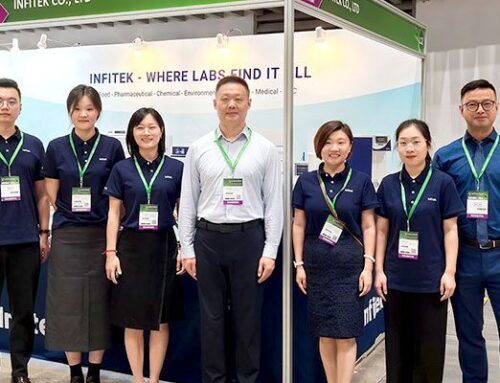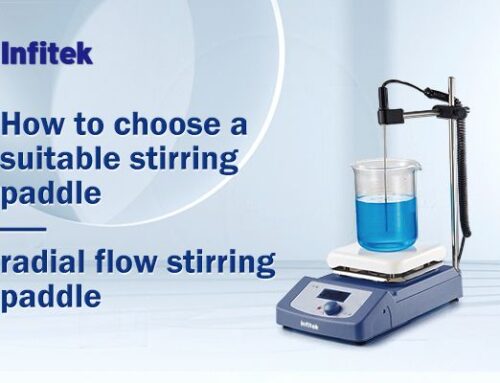Introduction:
Mycoplasma pneumonia, caused by the bacterium Mycoplasma pneumoniae, presents a notable challenge in respiratory health. To effectively combat this infection, a comprehensive approach involving both preventive measures and advanced medical equipment is crucial. This article aims to discuss strategies for addressing Mycoplasma pneumonia, emphasizing the role of essential medical devices in diagnosis, treatment, and patient care.
Preventive Measures:
Hygiene Practices:
Encouraging rigorous personal hygiene, including frequent handwashing and the use of hand sanitizers, forms the first line of defense against Mycoplasma pneumonia. Proper respiratory etiquette, such as covering the mouth and nose when coughing or sneezing, is essential to prevent the spread of the bacteria.
Avoidance of Crowded Places:
Minimizing exposure to crowded areas, especially during peak respiratory infection seasons, reduces the risk of contracting Mycoplasma pneumonia. Public health campaigns can raise awareness about the importance of social distancing to curb the transmission of the bacteria.
Health Education:
Disseminating information about the symptoms and preventive measures for Mycoplasma pneumonia through educational programs can empower individuals to take proactive steps in safeguarding their respiratory health.
Medical Equipment in Mycoplasma Pneumonia Management:
PCR Machines:
Polymerase Chain Reaction (PCR) machines play a vital role in diagnosing Mycoplasma pneumonia. These devices amplify and analyze DNA, enabling healthcare professionals to detect the presence of Mycoplasma pneumoniae quickly and accurately.
Respiratory Ventilators:
In severe cases of Mycoplasma pneumonia, respiratory ventilators provide critical life support by assisting patients with breathing difficulties. These devices help maintain adequate oxygen levels and support respiratory function during the recovery phase.
Pulse Oximeters:
Monitoring oxygen saturation levels is essential in managing Mycoplasma pneumonia. Pulse oximeters are non-invasive devices that measure the oxygen saturation in the blood, allowing healthcare providers to assess respiratory function and adjust treatment plans accordingly.
Nebulizers:
Nebulizers deliver medication directly to the lungs, offering relief for Mycoplasma pneumonia symptoms such as cough and shortness of breath. These devices are especially useful in delivering bronchodilators and anti-inflammatory medications to improve respiratory function.
Isolation Units:
Hospitals may utilize isolation units equipped with negative pressure systems to contain the spread of Mycoplasma pneumonia. These units help prevent airborne transmission of the bacteria and protect healthcare workers and other patients.
Addressing Mycoplasma pneumonia requires a multifaceted approach that combines preventive measures with the integration of essential medical equipment. By promoting hygiene practices, raising awareness, and utilizing advanced devices for diagnosis and treatment, healthcare professionals can effectively manage Mycoplasma pneumonia cases and ensure the well-being of affected individuals. The integration of medical equipment not only aids in accurate diagnosis but also plays a pivotal role in providing optimal care and support for patients throughout their recovery journey.




Get Social